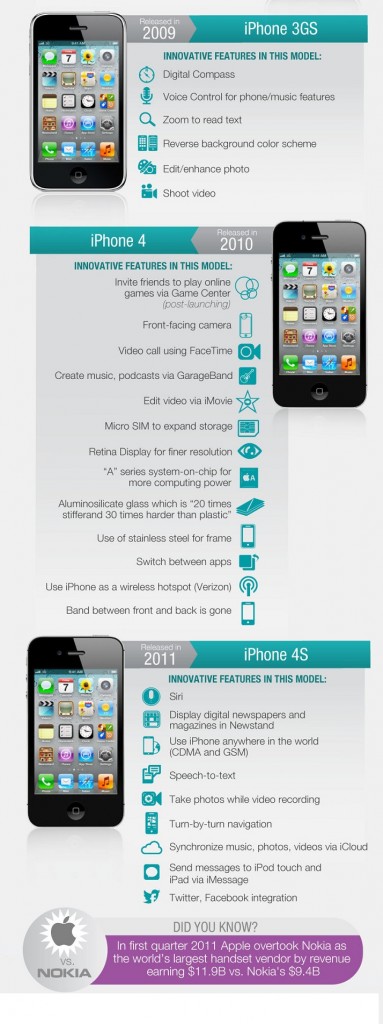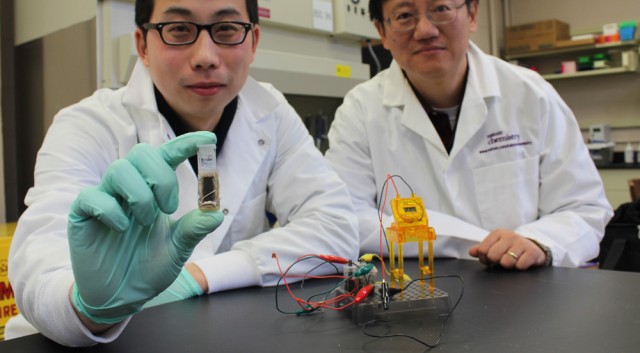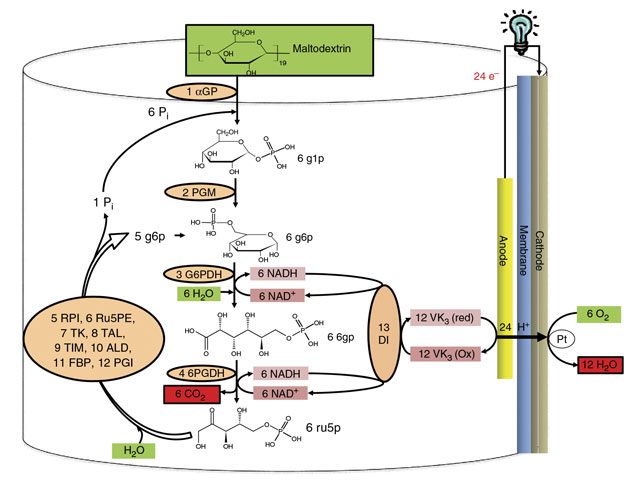Have things changed in the past 5 years? Take a look at this article from 2014 and let us know via the comments section below.
In the summer of 2007, Mike Lazardis, co-founder of BlackBerry, got an iPhone to check what’s inside. He pried it open and was shocked on what he saw: BlackBerry wasn’t competing with a phone, he thought, it was competing against a Mac. Lazardis was recalling that moment in an interview with The Globe and Mail, hinting about the months leading to the fall of RIM.
Such is the iPhone’s disruptive story: it put the computer in our phones and made them smart. Suddenly, we could buy and play music in our phones, surf the net via wifi, run desktop-like OS, and, the best defining factor of a smartphone, download apps. We do all that without a keypad (to BlackBerry’s shock). No, Apple didn’t invent these technologies, it innovated them. Over a decade earlier, IBM had Simon, the world’s first smartphone.
In the infographic prepared by our creative team we highlighted the key features in each iPhone launch since the first generation phone came out in 2007. Some features are truly innovative (A series chip, Siri, App Store) and some are unabashed embellishments.
So what’s in store for future iPhones? We can get some clues from Apple patents registered with the U.S. Trademark and Office. Apple is developing an audio jack to double as a headphone jack, plus an audio transducer that doesn’t need a grille to emit sound. That means future iPhones can be totally enclosed or water-proofed. Another patent talks about combining motion analyzer, scenery analyzer, and lockout mechanism to detect if you’re driving and disable Messages Apps. With the increasing text-induced car accidents, expect this feature sooner than later.
Yet another patent indicates that Apple is cooking an intelligent Home Page that brings up the app you need for specific scenarios like when you need to show an electronic ticket in an airport or an e-coupon at a counter. The patent uses location-based signals and tracks user data patterns like calendars, emails, notes, etc. to predict when to bring up the app.
But let’s not talk about the future; rather, let’s see what iPhone users want today. For the Silo, Alex Hillsberg.
Supplemental- Are Apple products made ethically?





